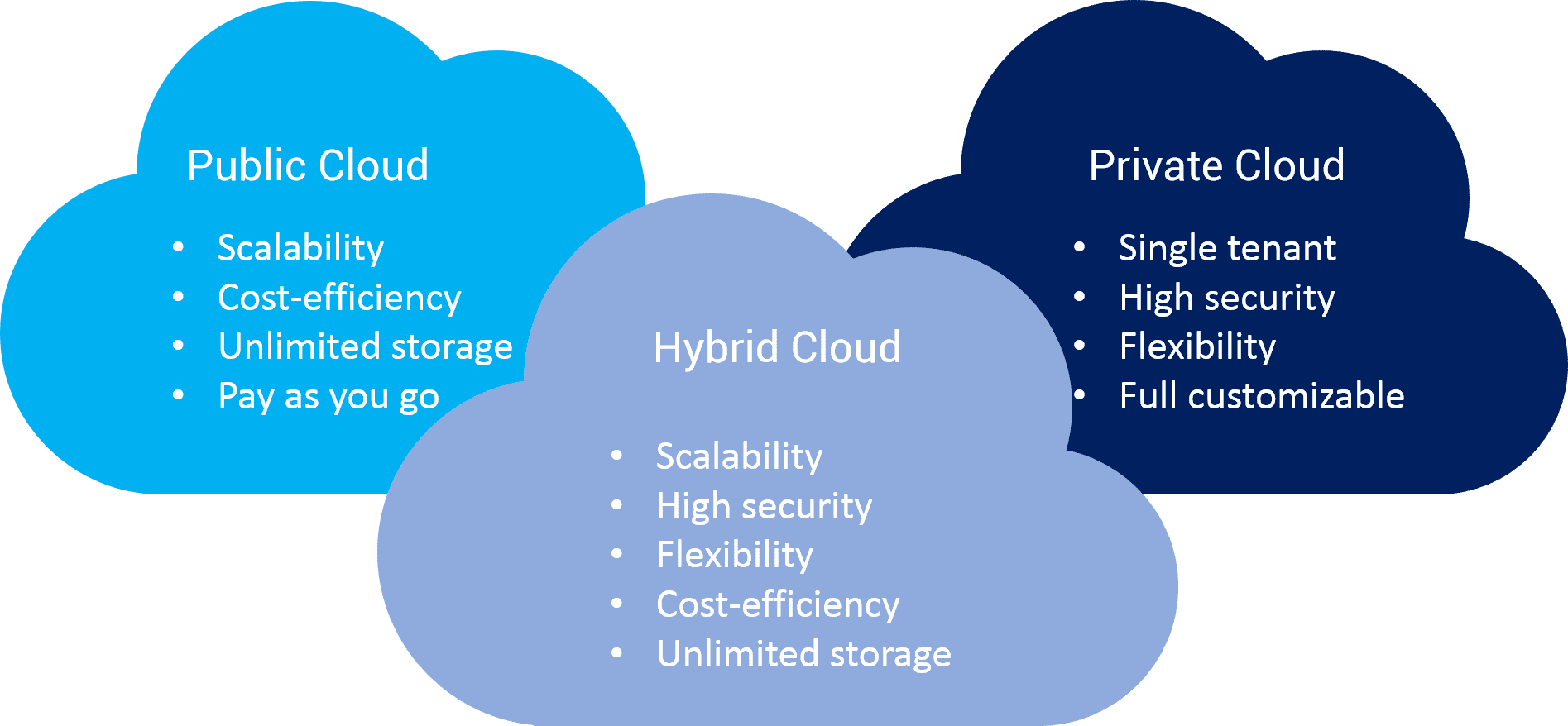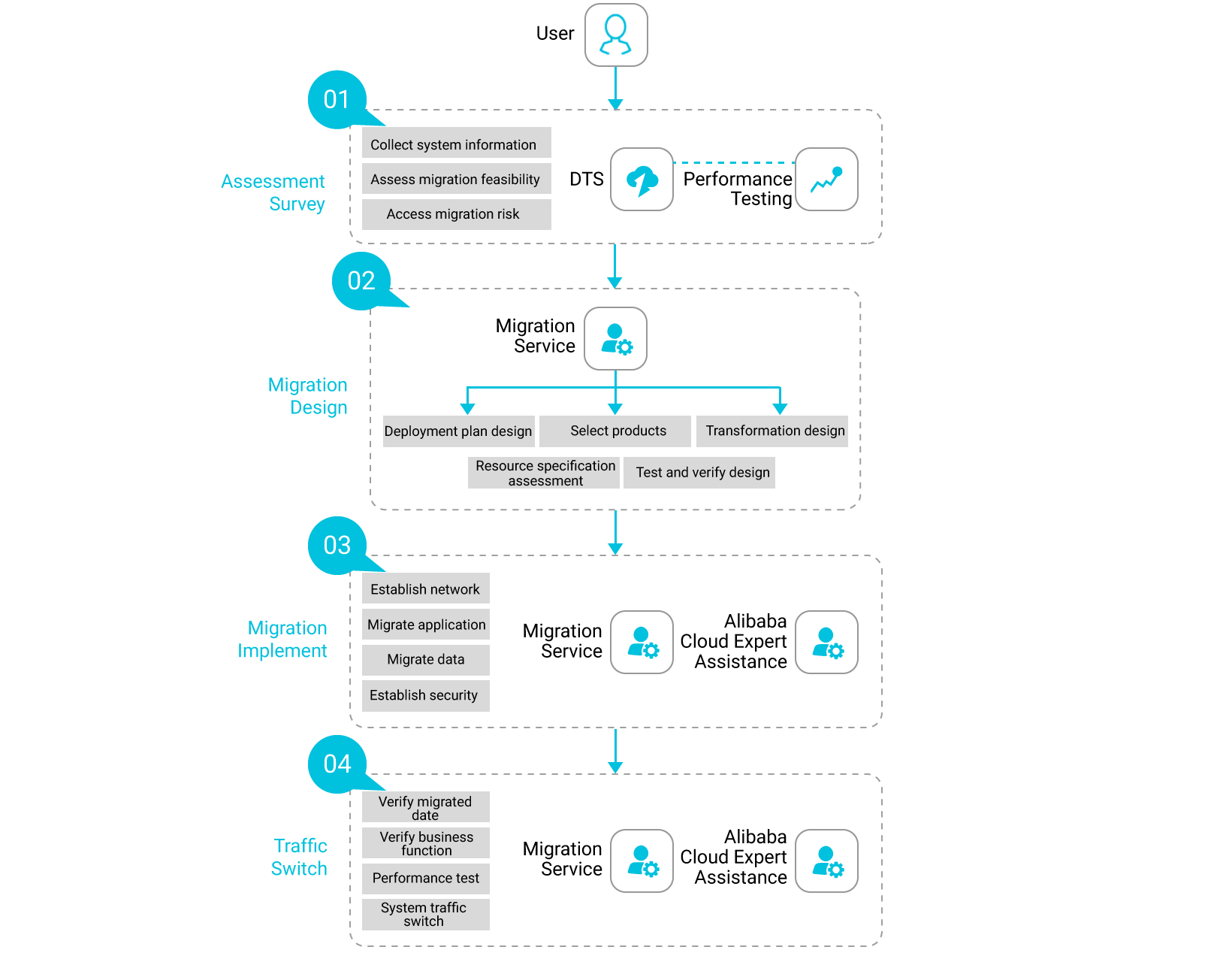By Raghav K.
Cloud computing provides a more flexible solution than an on-premises one. The digital landscape is more complicated than it was a decade ago. Today, enterprises are upgrading to bigger and better service architectures to plan and execute strategies for tomorrow. Monolithic service segments had their day where in-house servers provided all the computing power required to run businesses efficiently, but they needed regular upgradation and maintenance. These upgrades warranted upgrades for servers, security, storage, networking, and more.
Having an in-house, on-premises setup has its advantages, but it becomes tedious when you have to put in countless hours of maintenance operations and hire a dedicated team for hardware O&M. Cloud computing architecture provides flexibility, elasticity, availability, and scalability to counter everything that held back organizations from performing better.
This article will help develop your hybrid cloud migration strategy with some up-to-date and effective industry practices.
The first thing to do when deploying using hybrid cloud architecture is to specify which resources you want to migrate to the cloud or keep on-premises (or on the private cloud.) Quick-Tip: Hybrid computing suggests resource sharing, where some part of the solution is on the public cloud, and some part is on the private cloud.

Hybrid cloud provides the best of both worlds, including the flexibility of load sharing and the extensive toolkit that caters to the cloud and on-premises applications. Hybrid cloud is the best option when moving to cloud architecture during your digital transformation journey. Hybrid cloud architecture has an eye on the future, and its flexibility and customization are virtually unbeatable.
Migration is like a pie; you should eat in multiple slices. Hybrid cloud is an easier approach for organizations that have an on-premises setup. They can shift some services to the cloud and connect both clouds to split the workloads whenever necessary. You should always start small and implement your migration strategy one step at a time or in short bursts. Alibaba Cloud Data Transmission Service (DTS) is especially helpful with migration.
Your applications and toolset have led you to a successful business path. Cloud migrations are not mammoth tasks anyone should fear. However, the monolithic applications you are familiar with might not work well with or perform the same under the cloud architecture. Therefore, when starting your digital transformation journey adopting the cloud architecture, we do not recommend completely abandoning your current architecture for a cloud-native one.
Instead, we recommend migrating small modules and applications on the cloud to help you get a good idea about the working procedures related to the cloud. This will bring in the same business value that your traditional business setup offered. You should spend some resources on testing your current applications and redesigning them for the cloud. If you can use the applications with maximum efficiency and few modifications, you can start your hybrid cloud journey maintain business continuity.
Each of the applications you use requires different service levels to achieve your business goals. There are multiple models, such as Infrastructure as a Service (IaaS), Platform as a Service (PaaS), or Software as a Service (SaaS). You should strategize your application shift based on which architecture is suitable for your scenario. Also, you might have applications that can shift directly to the cloud.
Another factor to access is the database solution. We recommend shifting the application frontend to the cloud and keeping some of the data in your on-premises database.
Alibaba Cloud DTS lets you shift between cloud storage or on-premises as the primary data source. An effective synchronization scheme helps the Data Transmission Service provide seamless service.

The chart above shows each step in the Data Transmission Service ladder.
A strong team is necessary for hybrid cloud operations, but you can save a lot of time and resources by opting for cloud infrastructure since you do not have to maintain and manage your on-premises infrastructure. O&M personnel, developers, and IT staff must have a fair idea about your business aims, goals, and ambitions.
Training personnel with your custom solution and maintaining an expert IT team for specific scenarios can take your business miles ahead of the competition. While you are making the shift, maintaining business continuity is essential; a seasoned IT team can steer you through the entire process without any hiccups. Alibaba Cloud offers migration consultation for enterprises that want to shift to the cloud.
Hybridity is a practice that can yield better results than traditional on-premises architecture. As the service matures, you will have more options to make necessary shifts to ensure a larger business cycle.
In Part 2 of this series, I will explain additional best practices and an adoption model that enables a seamless and faster approach towards your hybrid cloud journey. Then, I will explain steps to help you overcome any shortcomings and ensure future business success.
OSS: Backing Up PHP - MySQL Application and Building Personal Blog

2,593 posts | 791 followers
FollowAlibaba Clouder - March 11, 2021
Alibaba Clouder - March 11, 2021
Alibaba Clouder - December 18, 2020
Alibaba Cloud ECS - March 10, 2021
Alibaba Clouder - July 15, 2020
Alibaba Container Service - April 24, 2025

2,593 posts | 791 followers
Follow Data Transmission Service
Data Transmission Service
Supports data migration and data synchronization between data engines, such as relational database, NoSQL and OLAP
Learn More Hybrid Cloud Solution
Hybrid Cloud Solution
Highly reliable and secure deployment solutions for enterprises to fully experience the unique benefits of the hybrid cloud
Learn More Networking Overview
Networking Overview
Connect your business globally with our stable network anytime anywhere.
Learn More Hybrid Cloud Storage
Hybrid Cloud Storage
A cost-effective, efficient and easy-to-manage hybrid cloud storage solution.
Learn MoreMore Posts by Alibaba Clouder